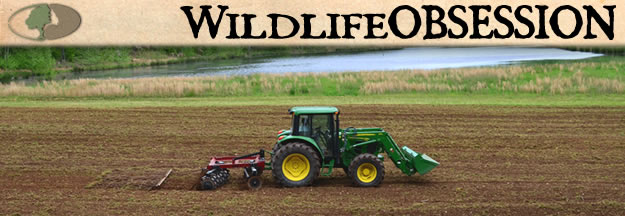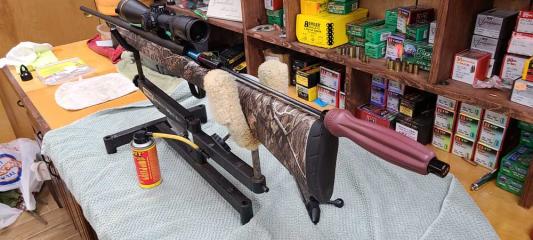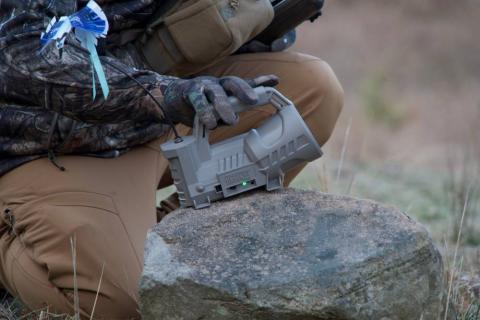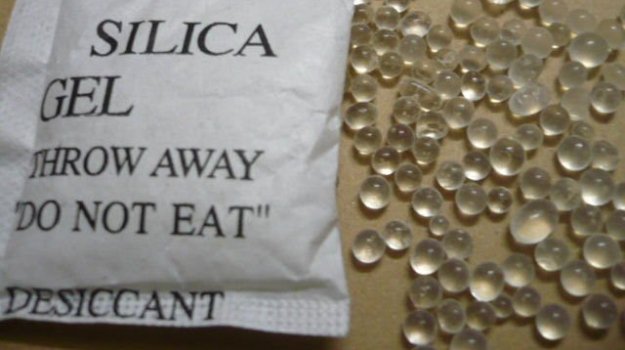
How to Fight the Biggest Enemy of Your Trail Camera with ProStaffer Dave Parrott
Editor’s Note: Dave Parrott of Louisville, Kentucky, one of Mossy Oak’s pros, decided he could build a better trail camera. Parrott got involved in building trail cameras when the switch was made from 35 millimeter cameras to digital cameras. Because digital cameras ran $500 or more when they first were produced, Parrott decided he could build a better and less-expensive trail camera, if he built it himself. He became fascinated with what trail cameras could do, and what he could learn about game movement with the trail cameras. This began his lifelong obsession with developing game cameras and learning more efficient ways to use them.
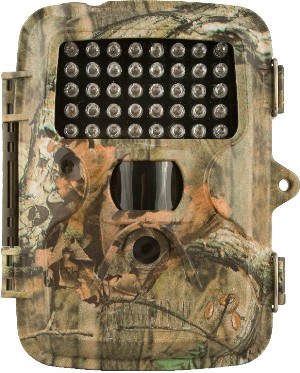 The biggest enemy of your trail camera is moisture. You have to remember, you have a piece of electronic equipment that’s staying out in all types of weather. Putting any type of electronics in the woods and exposing those to weather is the worst thing you can do. Today I use DLC Covert cameras, and their cameras have really good seals to keep the elements out. However, when you’re opening and closing the box your camera is mounted in, if there’s any humidity in the air, you’re putting that humidity inside your camera box. The best way to solve this problem is with Silica Gel Packets, small, gelatin packets that absorb moisture. When I take my camera out of the box, I’ll put one of those packs right next to the batteries and then seal the camera back in its case. This way, if any moisture gets in your camera box, that little packet will protect your batteries. These little packs are very inexpensive. Regardless of what brand you get, I strongly recommend you always use one of these packs in your trail camera box, close to the batteries. Some of these absorbent packs will change color when they’ve absorbed all the moisture they can hold. To recharge these packs, you can take them home with you and put them in a microwave. The heat will draw the moisture out of the packs, and you can reuse them. These little absorbent packs are the best items you can use to keep your camera working in all types of weather.
The biggest enemy of your trail camera is moisture. You have to remember, you have a piece of electronic equipment that’s staying out in all types of weather. Putting any type of electronics in the woods and exposing those to weather is the worst thing you can do. Today I use DLC Covert cameras, and their cameras have really good seals to keep the elements out. However, when you’re opening and closing the box your camera is mounted in, if there’s any humidity in the air, you’re putting that humidity inside your camera box. The best way to solve this problem is with Silica Gel Packets, small, gelatin packets that absorb moisture. When I take my camera out of the box, I’ll put one of those packs right next to the batteries and then seal the camera back in its case. This way, if any moisture gets in your camera box, that little packet will protect your batteries. These little packs are very inexpensive. Regardless of what brand you get, I strongly recommend you always use one of these packs in your trail camera box, close to the batteries. Some of these absorbent packs will change color when they’ve absorbed all the moisture they can hold. To recharge these packs, you can take them home with you and put them in a microwave. The heat will draw the moisture out of the packs, and you can reuse them. These little absorbent packs are the best items you can use to keep your camera working in all types of weather.
Tomorrow: How to Position Your Trail Cameras to Make Them the Most Effective They Can Be
















